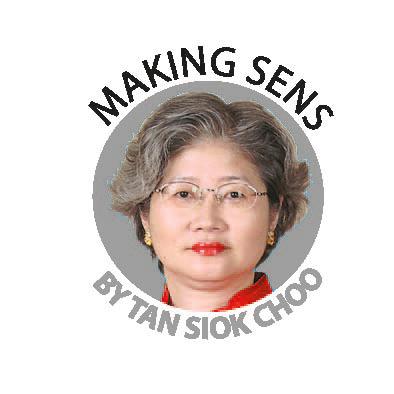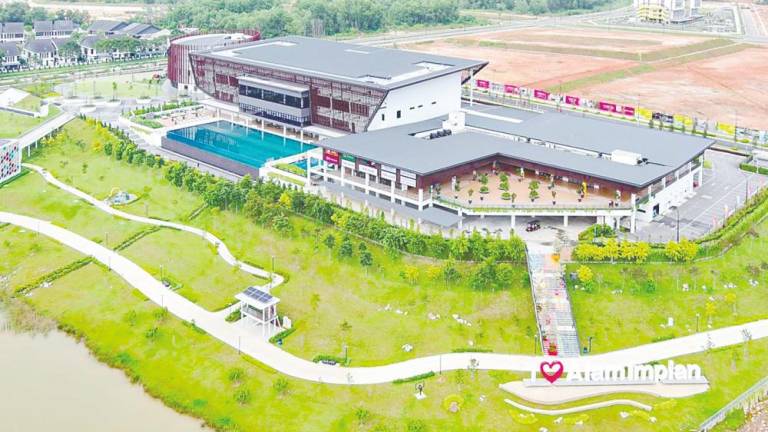REDUCING the number of foreign workers in Malaysia’s oil palm plantations isn’t a matter of whether, why or when. It is a question of HOW: how can the number of foreigners in oil palm estates be scaled back without impairing the plantation sector’s earnings and the Malaysian economy.
That the number of foreigner workers in oil palm estates in this country and their annual remittances is unacceptably high cannot be denied. Equally undeniable, oil palm plantations are too heavily reliant on foreigners who account for 76% to 84% of their workforce.
Over the last 26 months, Malaysia has had three plantation ministers and three human resources ministers with differing priorities. What the palm oil sector needs is a long-term multi-pronged policy implemented consistently.
If debated in the Dewan Rakyat and accepted by a preponderance of members of Parliament, hopefully this policy will remain unchanged – even if there is a general election next year and new cabinet ministers.
Prior to the onset of the coronavirus pandemic, oil palm estates in this country faced a shortage of some 35,000 workers, particularly harvesters of fresh fruit bunches (FFB). Because harvesting – particularly of very tall oil palms – is a highly skilled task, their pay is the highest among estate workers.
In a newspaper interview, industry expert M.R. Chandran says the acute labour shortage has forced some planters to lengthen the time between harvesting FFB to 20 days instead of the usual 10- to 12-day intervals. A longer harvesting interval could mean potentially lower quality crude palm oil (CPO).
Chandran estimates the labour shortage could cause a loss of CPO totalling 3.3 million tonnes. Using the average price of RM2,507 per tonne from Jan 2 to Aug 7 this year, this means forgoing RM8.27 million – a hefty sum neither palm oil planters nor the Malaysian economy can afford to surrender.
Official data show there are 2.2 million registered foreign workers in this country, accounting for nearly 15% of Malaysia’s workforce. Anecdotal figures suggest the number of illegal foreign workers in this country could total possibly two to three million.
Latest figures from the Department of Statistics show remittances by foreign workers amounted to RM29.2 billion in 2018, of which RM10.99 billion was sent to Indonesia, RM6.2 billion to Bangladesh and RM5.9 billion to Nepal, reflecting these countries’ proportionate share among foreign workers.
Regardless of CPO prices, total remittances have consistently risen each year for the last five years. By any measure, a jump of 41.7% in foreign workers’ remittances from RM20.6 billion in 2014 to RM29.2 billion in 2018 – comprising 2% of Malaysia’s nominal GDP – cannot be allowed to escalate.
A multi-faceted policy should encompass three tracks – reduce the need for foreign workers, accelerate mechanisation and cultivate dwarf oil palms. While the first two targets should be implemented immediately and simultaneously, the third is a long-term objective.
Small estates totalling 50,000 hectares or less should be given some leeway to reduce the number of foreign workers and step-up mechanisation. Large plantations exceeding 50,000 hectares should be incentivised to accelerate the use of machines in their estates.
Although tax incentives have been given for using machinery in oil palm estates, it is tied to specific suppliers – a restriction that is self-defeating.
Small estates should be given a two-year grace period to reduce the number of foreign workers. Thereafter, the levy on foreign workers should be higher if planters are laggards in mechanising their operations.
More important, salaries of workers in oil palm plantations must be raised. If it is cheaper to hire a foreigner than to buy a machine, why would planters opt for mechanisation?
Plantation companies in this country are perennially over-taxed.
In addition to paying 24% corporate tax and a foreign workers’ levy, the plantation industry contributes a cess of RM14 per tonne to the Malaysian Palm Oil Board plus a 3% windfall tax when CPO prices exceed RM2,500 per tonne in Peninsular Malaysia. Why must palm oil planters pay a windfall tax when oil producers are exempted?
Currently, the Malaysian government offers US$1 million for anyone who develops a mechanical harvester. Some researchers suggest this amount is niggardly and should be raised to US$10 million. Additionally, news about this incentive should be disseminated internationally.
Malaysia should also team up with researchers in Indonesia to develop dwarf oil palms. Indonesian researchers, having nurtured coconut trees less than six feet high, may be ahead of their Malaysian counterparts in cultivating dwarf oil palms.
Oil palm plantations also face environmentalists campaigning against the consumption of this vegetable oil. Although a perennial problem, it isn’t intractable. Planters must embark on a more sophisticated publicity campaign touting palm oil’s health benefits and broaden markets in populous developing countries.
In short, the palm oil sector needs more substantive help from Putrajaya than a pious slogan on a poster.
Opinions expressed in this article are the personal views of the writer and should not be attributed to any organisation she is connected with. She can be contacted at siokchoo@thesundaily.com
















